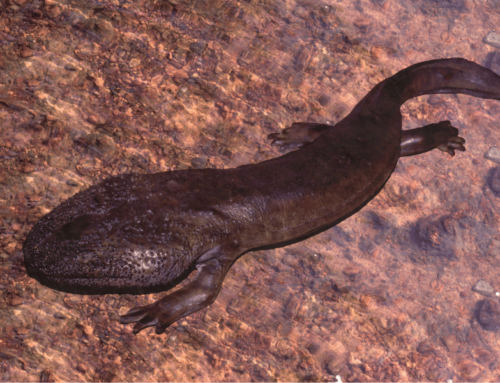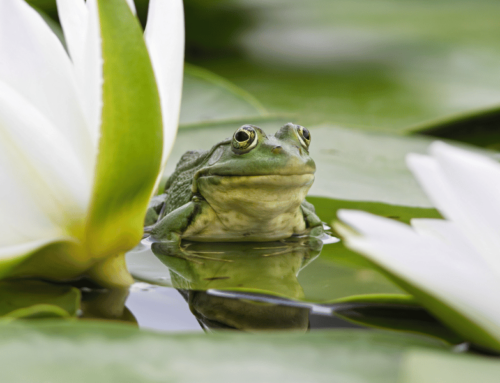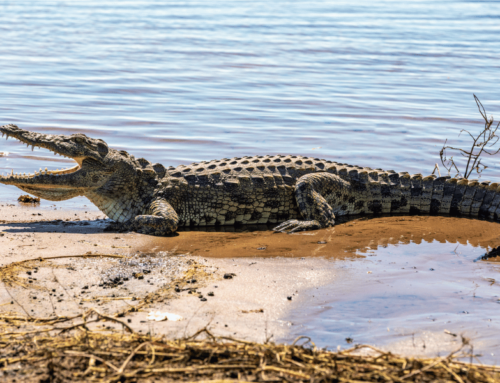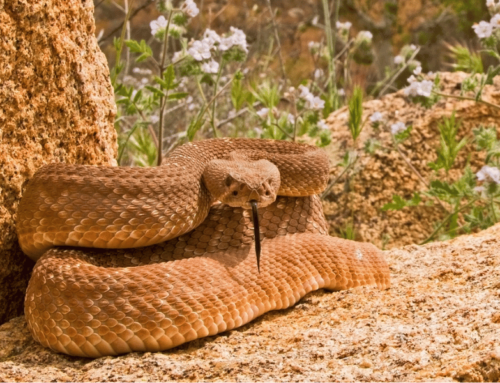Herping in Florida provides a great experience for new and seasoned reptile fans. It has dozens of the coolest reptiles, amphibians and other wildlife for people to watch and photograph. In part, what makes Florida a great destination for herping is being able to see the American Crocodile. This is the only native species of crocodile in the United States. It’s far less famous than the American Alligator, which is the de facto mascot for the state. Despite its similarities, it’s quite different from the alligator in many ways and makes a great reptile to find for herpers. These facts will help you get acquainted with this species.
This blog is about facts about the American crocodile for herping in Florida.
American Crocodile Facts for herping in Florida
Background information:
The American crocodile is one of four crocodile species found in the new world. It is also the most widespread among them. It can be found in the southern parts of Florida, throughout the Caribbean, central America and the northwest countries of South America.
They can get over 15 feet in length but individuals in Florida tend to be smaller. American crocodiles reaching over 16 feet are exceptionally rare but have been reported. They are sexually dimorphic with the females remaining smaller than the males.
Their appearance can be contrasted with the American Alligator. Both species have the traditional traits of other alligators and crocodiles. The American Alligator has a broader snout, and the American crocodile has a more triangular snout. Alligators have more webbing on their feet. Maybe the fastest and easiest way to differentiate them is to look at their teeth. The teeth of a crocodile on the upper and lower jaw are both visible. Alligators on the other hand, will only have teeth on their upper jaw visible. This is due to alligators having bigger upper jaws than lower jaws. On average the American alligator is darker in coloration than the crocodile.

American crocodile

Two American alligators
These crocodiles were hunted extensively in decades past for their hides. Now, they are making a comeback with current estimates putting their numbers in the thousands. Unfortunately, their numbers haven’t come back to normal. They are still classified as ‘threatened’ by the IUCN. Killing American crocodiles is illegal under the Endangered Species Act but illegal hunting of them still happens even as the law has been increasingly enforced.
Note: Don’t go looking for dangerous wildlife unless you have talked to local experts on how to stay safe. Always keep a safe distance from animals that you don’t have experience interacting with.
1. Florida is the only place where crocodiles coexist with alligators
Herping in Florida provides you the possibility of seeing crocodiles and alligators coexisting. There is nowhere else in the world where you can see this. For fans of crocodilians, this is a sight for all reptile fans and wildlife photography fans as well.
Alligators and crocodiles, for whatever reason, seem to always end up in different ecological niches throughout the rest of the world. There are other locations where different species of crocodile or different species of alligator will coexist. The only place where you can find a species of alligator and crocodile coexisting naturally, is in southern Florida.
Both species are of similar size in adulthood. This allows both groups to have mutual respect for each other, although there can be fighting and competition for food.

American alligator and American crocodile together
2. Saltwater Residents
The American crocodile prefers saltwater. The only other crocodile that prefers it salty, is the saltwater crocodile. Looking at the current range for them in Florida, you’ll see that established populations are all near the coast. Saline lakes are a popular habitat for the American Crocodile along with other bodies of water with salt content. Crocodiles are well-adapted to swimming in seawater due to their lingual glands which can expel salt.
When looking for them, seek out saltwater and brackish bodies of water near the coast. Rivers, lagoons and mangroves are frequent habitats for them. Freshwater isn’t totally out of the question though. Florida’s Fish and Wildlife say they can be found in freshwater as well.
The further north you go in the state, the less likely you are to encounter them, as they don’t like the cold. Since they prefer saltwater, the further inland you go in the state, the less likely you are to encounter them.
Smaller islands of the coast of Florida are another place they frequently inhabit.
3. Shark Eaters
If there’s a sign of an animal being an apex predator, then being a predator of sharks is likely the most tell-tale sign. Lemon sharks are a known prey item of the American Crocodile. With the crocodiles being comfortable in saltwater, they have developed a taste for lemon sharks and are well-equipped to take them down.
Lemon sharks are not small by the way. They’re not giant like the Great White shark, but with adults regularly reaching ten feet in length, the lemon shark is a formidable predator in its own right. They can weigh over 500 pounds as well, so they’re not a slender species either.
Lemon sharks have adapted to this predation by leaving areas where they recognize the scent of crocodiles. Other sharks of similar or smaller size are also potential prey.
4. A Shy Apex Predator
The American Crocodile has a bit of a different relationship with humans than its cousins the Saltwater crocodile and the Nile Crocodile. Both of those species are known for their aggression towards humans. Estimates attribute hundreds of deaths by Nile Crocodile attacks each year in Africa. The American Crocodile by contrast, is much less likely to go after humans and will usually avoid humans as much as they can. When approached, American crocodiles usually flee into the water.
Attacks by them still occur and fatalities have been documented. As a large predator, they can prey on us, just as they prey on other animals. They are by no means a safe animal to interact with even if they are much less aggressive to people than other crocodilians. When cornered, they can absolutely lash out.
5. Ambush Predators
Like other crocodiles, they hunt by remaining as still as possible. This allows prey items to get close to them without noticing the presence of the crocodile. Their nostrils and eyes are towards the tops of their heads. This allows the overwhelming majority of their bodies to remain concealed beneath the water without having to hold their breath or having their sight impaired. They do this in saltwater, brackish and freshwater areas as they are opportunistic in their feeding.
They will prey upon anything from birds to cattle. Smaller prey is simply bitten and killed by the crocodiles, while larger prey can be dragged into the water to be drowned. They prefer to hunt at night, as it’s even more difficult to spot them. However, they can still hunt in the daytime. Frogs, birds, fish, mammals, turtles and smaller reptiles are all potential prey for them.
Eating other crocodilians isn’t common but does rarely occur. In particular, adult American crocodiles do prey on juvenile crocodilians.
Note on other Crocodilians in Florida:
The Everglades does have other crocodilians besides the aforementioned American alligator and crocodile. There is also the confirmed presence of Nile crocodiles. Herpetologists are unsure of how this species of crocodile made its way into the Everglades. Some suspect they were brought in by people and released or that they have managed to escape from a local zoo. Due to the Nile crocodile’s far more aggressive behavior toward people, it’s best to keep your distance from any crocodile in Florida until you can confirm what species it is.
Thankfully, it currently doesn’t look like the Nile crocodile is established in Florida. Officials believe they have caught most if not all of them. This however, doesn’t mean that there couldn’t be more of them out there.
The other established crocodilian is the spectacled caiman. This crocodilian is smaller in size than the alligators and crocodiles of Florida (maxing out in size around 8 feet or so). They are an introduced species and are not native to the United States. Like the crocodile, they are not tolerant of the cold and will likely not expand further north and will stay isolated to the southern parts of the state.
The spectacled caiman can be confused for smaller alligators or even crocodiles but looks more similar overall to alligators.
Conclusion:
The American Crocodile presents a great target species for herping in Florida. It’s the only native species of crocodile in the United States and is currently increasing in population all throughout its range. They are an often forgotten about reptile in the United States. It usually lives in the shadow of the American Alligator, which is more widespread and culturally more known. This is all the more reason to look for this under-appreciated reptile.
With the American crocodile slowly but surely making a comeback in the sunshine state, it’s never been a better time to go herping in Florida.





